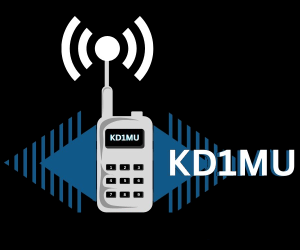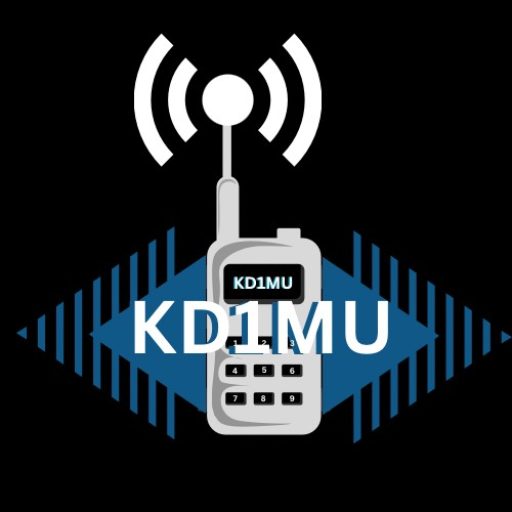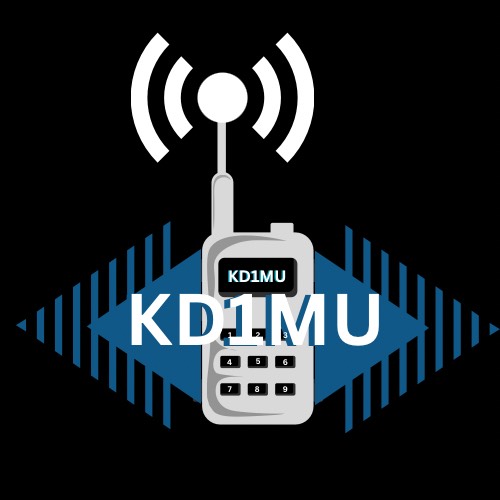- info@lebovitz.net

KD1MU RADIO
Menu

Menu

Menu
Land Mobile Radio (LMR)
Land Mobile Radio is a wireless communication system used primarily for voice communication between two or more users, typically in professional or public service environments. LMR systems are widely employed by government agencies, public safety organizations (police, fire, EMS), military units, utilities, transportation services, and private industry. It is often used in scenarios where reliable, instant communication is required, such as during emergency responses, dispatch services, or field operations.
Key Features of LMR
- Dedicated Radio Frequencies:
- LMR operates on specific radio frequency bands, typically in the VHF (30-300 MHz)or UHF (300 MHz-3 GHz) These frequencies are licensed by the Federal Communications Commission (FCC) in the U.S. or other regulatory bodies globally.
- Two-Way Communication:
- LMR allows for instantaneous two-way voice communication between users, similar to a walkie-talkie, often with a “push-to-talk” (PTT) button for quick conversations.
- Infrastructure:
- LMR systems may consist of handheld radios, vehicle-mounted units, base stations, and repeaters. Repeatersare often used to extend the communication range by retransmitting signals over longer distances.
- Private Networks:LMR typically operates on private, dedicated networks, which ensures more secure and uninterrupted communication compared to public systems like cellular networks.
- Analog vs. Digital:
- Analog LMR: The traditional form of LMR, which is simple but can suffer from signal degradation and interference.
- Digital LMR: Newer systems (like P25or TETRA) offer better voice clarity, enhanced features (such as GPS tracking), and encrypted communications for higher security.
- Coverage:
- LMR systems typically provide local to regional coverage, depending on the infrastructure, repeaters, and terrain. Coverage can be as short as a few miles or as broad as an entire region, depending on the network setup.
Benefits of LMR
- Instant Communication:LMR allows for push-to-talk, real-time voice communication, critical for public safety and operational efficiency.
- Private Networks:Users benefit from secure, dedicated communication channels not shared with the public.
- Rugged Devices:LMR radios are often designed for harsh environments, making them suitable for outdoor, industrial, or emergency use.
Limitations of LMR
- Limited Range:LMR coverage is generally local or regional, and range can be limited by line-of-sight or terrain unless repeaters are used.
- Costly Infrastructure:Setting up and maintaining LMR networks (including repeaters and base stations) can be expensive.
- Spectrum Licensing:Users must obtain and maintain FCC or regulatory licenses to operate on dedicated frequencies.
Menu

Services
Menu
Get In Touch
123 Main Street
New York, NY 10001
- support@kd1mu-radio.com
- Phone +1 617-651-4221
- Instagram kd1mu.radio
50 Years of experience with Radio. We can help you find the best product to meet your needs, help you set it up, and get the most out of it.
KD1MU
RADIO
Powered by Omax John
